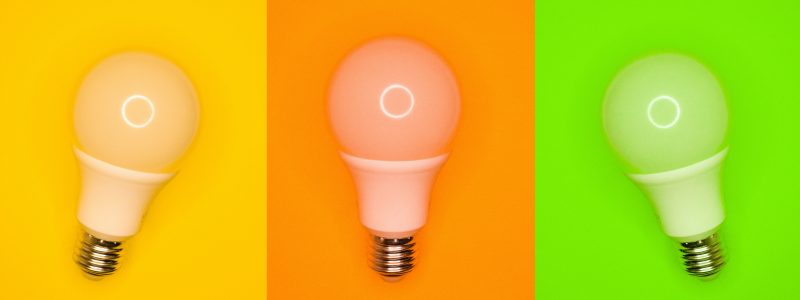As summer has officially set in, Lexington businesses are working to ensure their workspaces are equipped to maintain a high cooling capacity with the most efficiently low energy use. Many of the initiatives they have adopted can be found under Green Check’s largest scorecard category, Energy Efficiency. A few of those items are listed below.
- Assess, track, and document energy consumption using Energy Star Portfolio Manager – Energy Star Portfolio Manager allows users to securely track their energy and water usage. Tracking usage on this platform not only simplifies the process for businesses, but it also highlights trends and provides tips on how to lower consumption rates.
- Establish a power-down policy – Many businesses already power-down lights and electronics during non-occupied hours. However, adopting an official policy reenforces the behavior that is already present and underlines the importance of the behavior from management.
- Set water heater thermostats to a maximum of 120 degrees – If your business has a water heater — regardless of how much hot water you use — check to see where the thermostat is currently set. If you are unsure how to do so, checkout this quick video:
- Light bulbs – Switching out incandescent light bulbs for CFLs or LEDs requires a small investment, but the long term savings will be noticeable. According to light bulb manufacturer, ViriBright, a standard 60-watt incandescent would cost about $90 in energy consumption over the course of 10 years. In the same amount of time, an LED bulb would only cost $18 in energy consumption. Many Green Check businesses upgrade their incandescents or CFLs to LED as each old bulb goes out. This is a great, cost effective way to invest in making your lighting efficient.

- Delamp vending machines – Few business have vending machines, but this is a quick and easy way to cut unnecessary energy use.
- Monitor and upgrade your HVAC system – Many businesses have policies in place that require their HVAC system to be evaluated every two years by a certified professional. This also means they regularly switch out air filters and monitor duct work to ensure leaks are addressed and thermal insulation is installed as needed.
- Establish a policy for purchasing that requires Energy Star rated appliances and electronics – Similar to replacing light bulbs, many Green Check businesses will adopt policies that require the purchasing of Energy Star rated machines only when the old machines need to be replaced. A complete list of Energy Start rated appliances can be found here: https://www.energystar.gov/products
- Establish a dress code that encourages employees to dress for thermal comfort – Allowing a dress code that permits employees to wear an additional layer during the winter, and breathable, professional work wear in the summer will prevent excessive temperature fluctuations in the workplace. Excessive fluctuations can cause your heating & cooling system to use more energy as it tries to keep the entire space moving up and down the thermostat.
- Install power strips for computers and equipment to power down during non-business hours – Power strips make it easier for employees to power down their devices at the end of the day with one flip of the switch. They also have an added bonus of preventing vampire currents from pulling energy through devices that are off, but still plugged into the outlet.
- Conduct an energy audit or assessment (within the last three years) – Energy audit assessments do not require professional implementation as kits are available for free public checkout through the Lexington Public Library and Bluegrass Greensource. These kits include several gadgets that assist businesses in measuring light intensity, device energy pull, and thermal insulation problems.
- Daylight work spaces wherever possible – Utilize natural light in your workspace whenever possible. Not only does this cut down on energy use, many employees prefer to work in natural light as opposed to harsh artificial light.
Sources:
Franchi, Danielle. Unsplash, unsplash.com/photos/GbAEJUJKJ88.
“How to Adjust Water Heater Temperature.” YouTube/How to Adjust Your Water Heater Temperature, Mr. Rooter Plumbing, 9 Feb. 2015, www.youtube.com/watch?v=aPadok0O81A.
McBride, Brandon. “Comparing LED vs CFL vs Incandescent Light Bulbs.” Viribright® LED Light Bulbs, 9 Apr. 2020, www.viribright.com/lumen-output-comparing-led-vs-cfl-vs-incandescent-wattage/.
Swap Your Conventional Light Bulbs for LEDs at No Charge!, Washington University in St. Louis, 3 Feb. 2020, sustainability.wustl.edu/swap-your-conventional-light-bulbs-for-leds-at-no-charge/.






